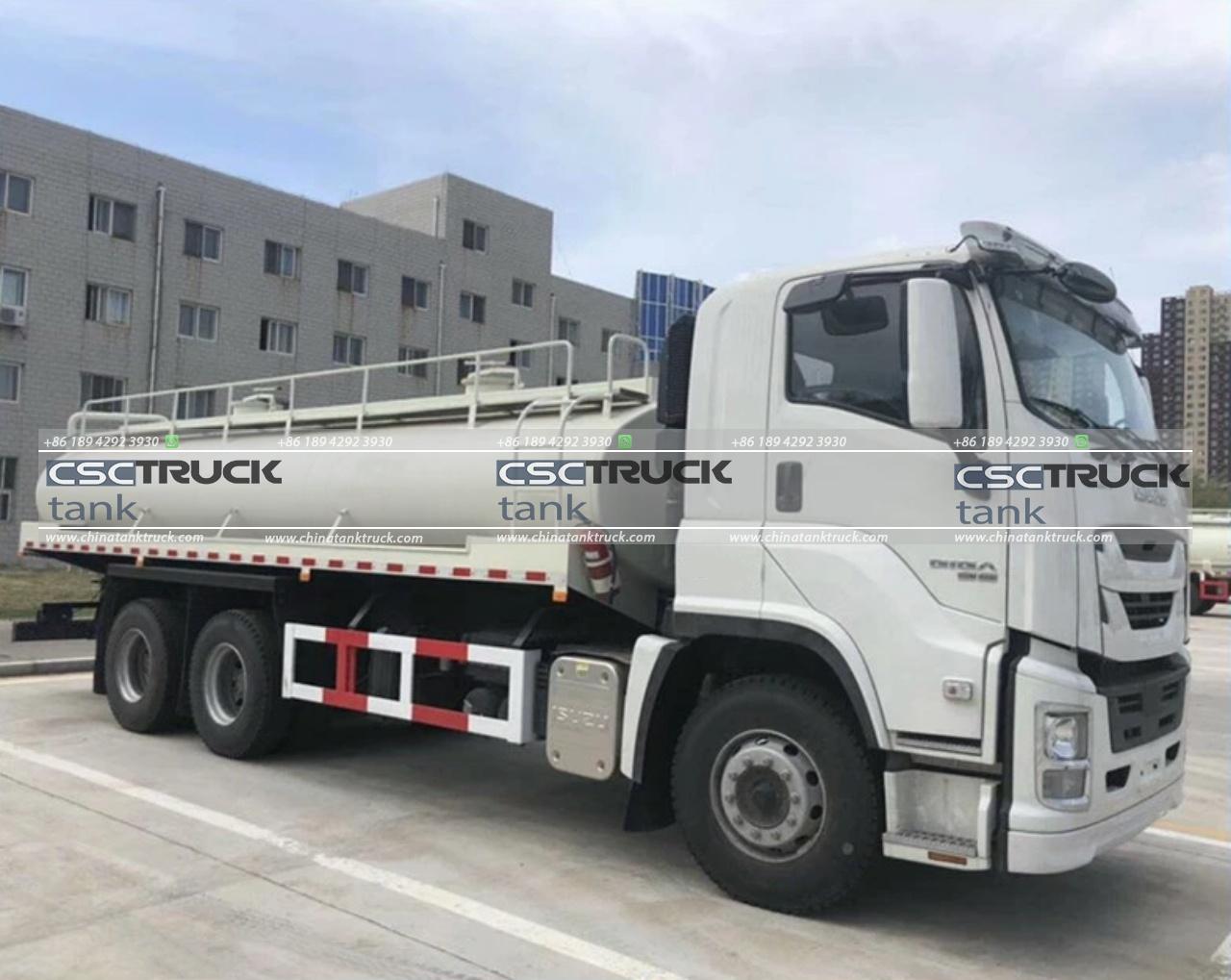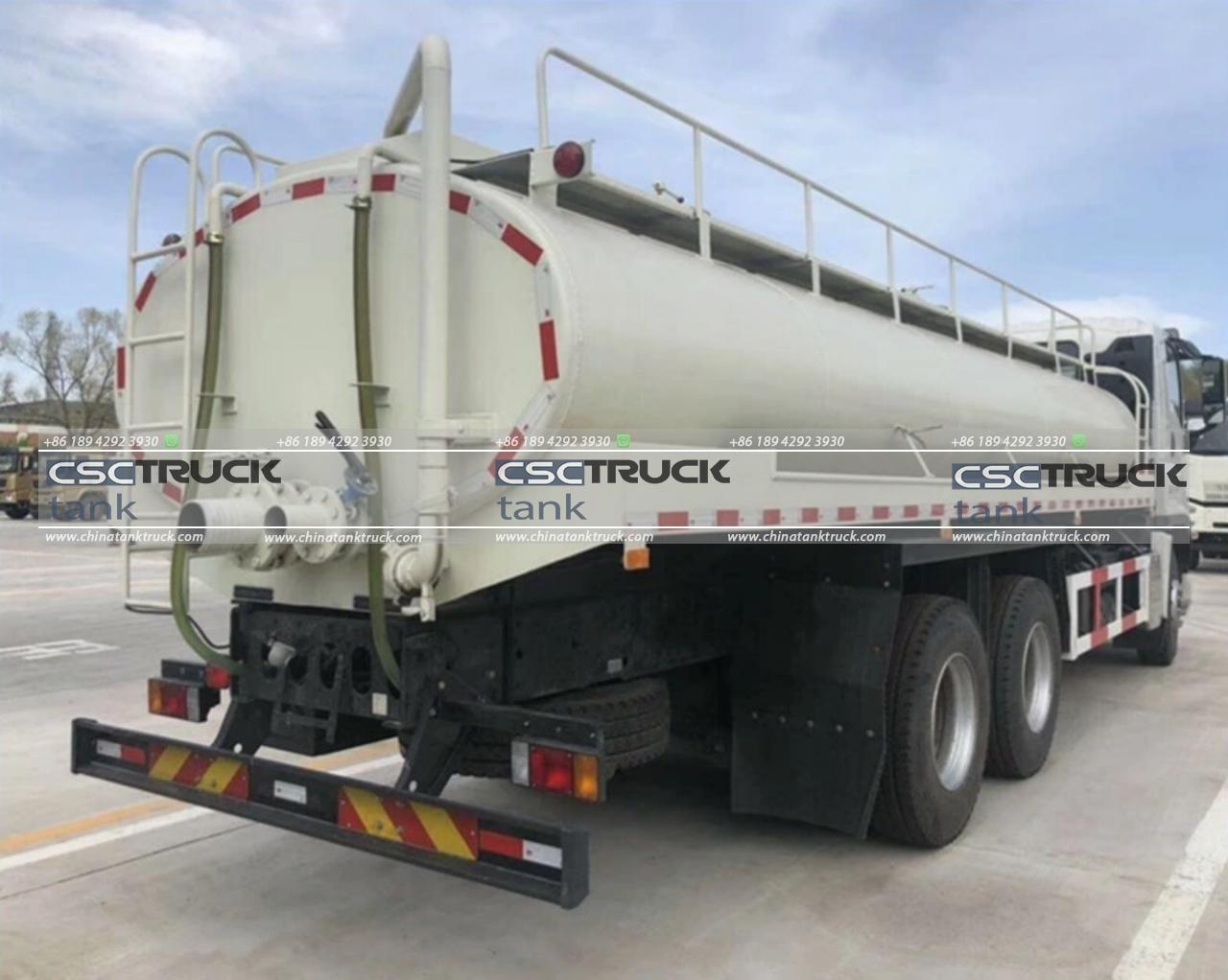What is the Difference Between a Detention Truck and a Water Truck?
In the world of specialized vehicles, detention trucks, and water trucks play crucial roles, though in very different contexts. Both are designed for specific purposes, with features tailored to meet the demands of their respective functions. This article will delve into the differences between detention trucks and water trucks, exploring their design, use cases, and the roles they play in various industries.
Understanding Detention Trucks
**Detention trucks** are primarily used in the correctional and law enforcement sectors. These vehicles are designed to securely transport detainees or prisoners between facilities, courtrooms, or other locations. The focus is on ensuring the safety and security of both the detainees and the public. Let’s look into the key features and functions of detention trucks.
1. Design and Structure
Detention trucks are built with security as the primary concern. The interiors of these vehicles are heavily reinforced to prevent escape or tampering. Typically, the passenger compartments are separated from the driver’s cabin by a solid, often bulletproof, partition. The compartments for detainees are usually equipped with secure seating, restraints, and limited access to avoid any interaction between detainees and the driver or guards.
The materials used in these trucks are often tamper-proof, with reinforced steel doors and barred windows to prevent escape. The trucks are also equipped with surveillance systems, allowing guards to monitor detainees at all times. Ventilation and climate control systems are designed to maintain a safe environment, though they are typically less comfortable compared to civilian vehicles.
2. Purpose and Use
Detention trucks are used by law enforcement agencies, correctional facilities, and sometimes military units for the secure transport of prisoners. Their purpose is to ensure that detainees are transported safely, with minimal risk of escape or harm to the public or law enforcement personnel. These vehicles are essential in scenarios where large numbers of detainees need to be moved, such as during transfers between prisons or when transporting individuals from detention centers to court hearings.
3. Security Features
The security features of detention trucks go beyond just the physical structure. These vehicles often include GPS tracking systems, real-time communication with law enforcement headquarters, and even panic buttons for the driver or guards to alert authorities in case of an emergency. The routes taken by these trucks are often pre-planned and kept confidential to avoid any potential ambushes or escape attempts.

Understanding Water Trucks
**Water trucks**, on the other hand, serve a completely different function. These vehicles are designed to transport and distribute water to various locations, often where access to water is limited or non-existent. They are widely used in construction, agriculture, firefighting, and even for dust control on roads.
1. Design and Structure
Water trucks are essentially large, specialized tankers mounted on a truck chassis. The tank is designed to hold and transport large volumes of water, typically ranging from 2,000 to 4,000 gallons, though some can hold even more. The tanks are made from materials that are durable and resistant to corrosion, as they need to withstand the weight of the water and the rough conditions of the work sites.
The trucks are equipped with pumps and hoses to allow for the controlled release of water. Depending on the specific application, these trucks may also have spray nozzles, which can be adjusted to control the flow and direction of the water. The trucks often feature baffles inside the tank to prevent the water from sloshing around, which can affect the stability of the vehicle while in motion.
2. Purpose and Use
Water trucks are incredibly versatile and are used in a variety of industries. In construction, they are often employed to provide water for concrete mixing, dust control, and compaction. In agriculture, water trucks can be used to irrigate fields, particularly in areas where access to water is limited. During emergencies, such as wildfires, water trucks can be rapidly deployed to supply water to firefighting efforts, making them invaluable in crises.
Water trucks are also used in environmental management, where they help in controlling dust on large construction sites or unpaved roads. This is crucial in maintaining air quality and ensuring the safety of workers and nearby communities.
3. Key Features
The key features of water trucks revolve around their ability to transport and distribute water efficiently. The pumps are a critical component, as they need to be powerful enough to handle the volume of water in the tank and to distribute it effectively, whether through hoses, nozzles, or spray bars.
Water trucks are often equipped with controls that allow the driver to manage the water distribution from inside the cab. This can include adjusting the spray patterns, flow rates, and even the direction of the water flow. Some water trucks also can connect to external water sources, such as hydrants, to refill their tanks quickly.
Key Differences Between Detention Trucks and Water Trucks
Now that we’ve explored the individual characteristics of detention trucks and water trucks, it’s important to highlight the key differences between these 2 specialized vehicles.
1. Purpose
The primary difference between detention trucks and water trucks lies in their purpose. Detention trucks are designed for the secure transport of detainees, with a focus on safety and security. In contrast, water trucks are designed to transport and distribute water, serving industries such as construction, agriculture, and firefighting.
2. Design
The design of these vehicles is also fundamentally different. Detention trucks are built with reinforced structures, security features, and limited comfort, whereas water trucks are designed with large tanks, pumps, and distribution systems to handle water transportation. The interiors of detention trucks are focused on security and containment, while water trucks prioritize functionality and efficiency in water distribution.
3. Industries Served
Detention trucks primarily serve the law enforcement and correctional industries, while water trucks are used in a wide range of sectors, including construction, agriculture, and emergency services. This difference in industry application also dictates the design and features of the vehicles.
4. Regulatory Considerations
Regulatory considerations differ for each vehicle type as well. Detention trucks are subject to strict regulations regarding the safe and humane transport of detainees, including security protocols and safety measures. Water trucks, on the other hand, must adhere to regulations related to water quality, environmental impact, and safety standards for operating in various industries.

Conclusion
Detention trucks and water trucks, while both crucial in their respective fields, serve very different purposes and are designed with specific features to meet the needs of their industries. Detention trucks are built for security and safety in transporting detainees, while water trucks are designed for the efficient transport and distribution of water across various industries. Understanding the differences between these vehicles highlights the importance of specialized design and functionality in meeting the unique demands of different sectors.

